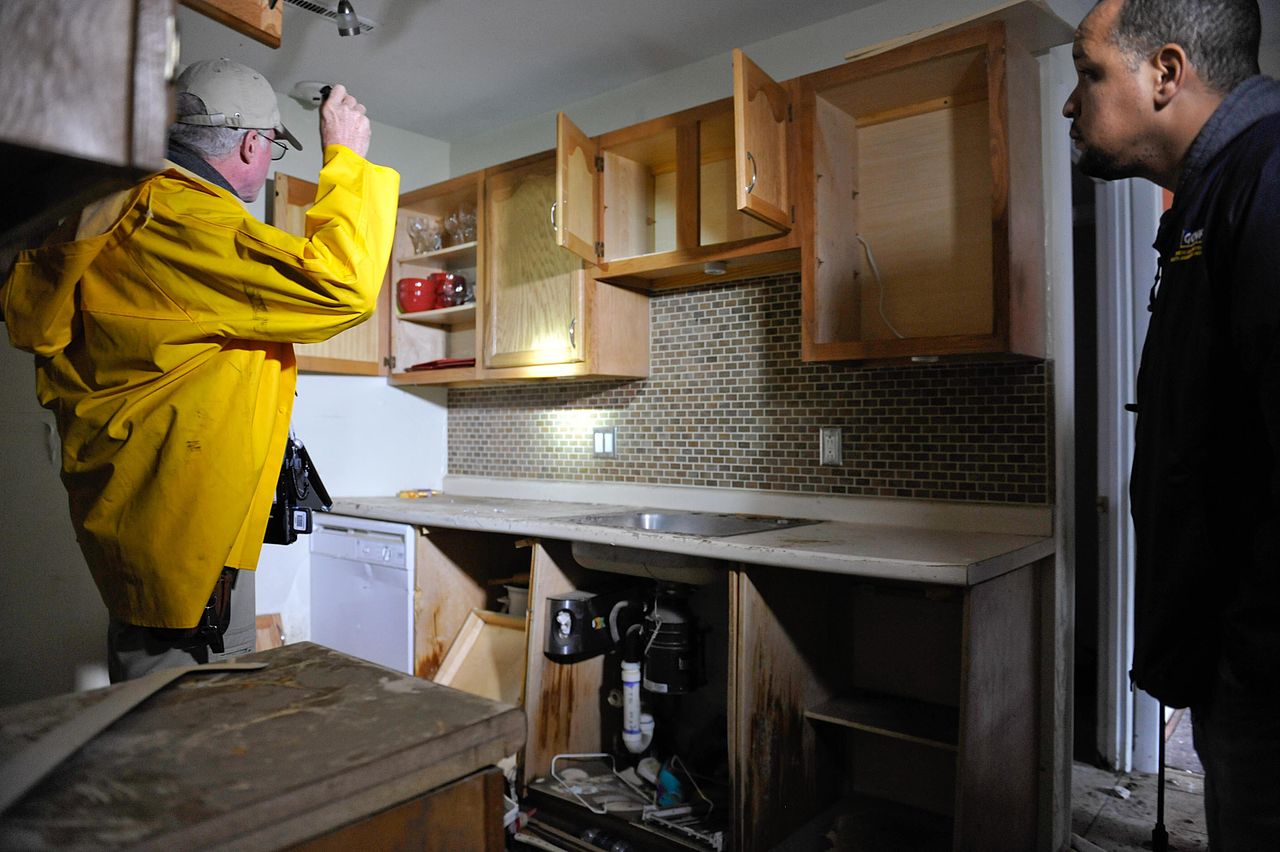Thinking of getting into the housing market? With prices on the rebound across America, it may be a good idea to jump in the pool before they really start to get out of hand.

Many get into real estate by purchasing a previously owned home, but they are clueless when it comes to home maintenance.
They have no idea what to look for when inspecting a potential buy, leading them to purchase a place on the verge of falling apart.
Lloyd Claycomb has been a builder in the Denver area for decades, so he knows a thing or two about proper home construction.
When he is looking for properties to refurbish, there are a number of factors he considers when deciding whether or not to buy a home.
Below, we’ll share several key areas that he checks so you’ll know to do the same when conducting your own house inspection.
1) Look for water stains
Of all the problems you could encounter while examining a home, signs of water damage are often the most visible.
Appearing as a rusty discoloration on many surfaces, leaks springing from pipes in the walls or from breaches in the roof has the power to weaken building materials over time.
More than just unsightly, it is a structural risk that can compromise the integrity of your home. Repairs can be pricey, so if you notice extensive signs of water leaks, walk away from the property quickly.
2) Check for mold
Structural deficits aren’t the only issue that can be caused by water leaks. They can also lead to mold, which is a type of fungi that can have a variety of allergenic and toxic effects on people when they are exposed to it over the long term.
If the property contains a small amount of mold, you may be able to clean it yourself, but if you see extensive signs of an infestation, you’ll need to call in an environmental remediation team, which will increase your home expenses considerably.
3) The condition of the roof
Head up top next and check out the condition of the roof. Make sure the supports are not deformed, and that the shingles have not begun to warp.
Either development could lead to the intrusion of water into the interior of the house, leading to the development of the two previous mentioned problems.
Further ensure that the gutters are channeling water away from the house, and not back toward the property.
Take a bucket of water up and test it out. If it flows towards the house, you may need to do some grading to fix any drainage issues.
4) Faulty wiring
Check the wiring wherever possible, especially in older homes. If any wires are exposed, the potential exists for sparking that can lead to a structure fire, putting your life and that of your family at risk.
Get an electrician to inspect the setup in a home you are considering, as they are best equipped to know whether you have a real problem on your hands.